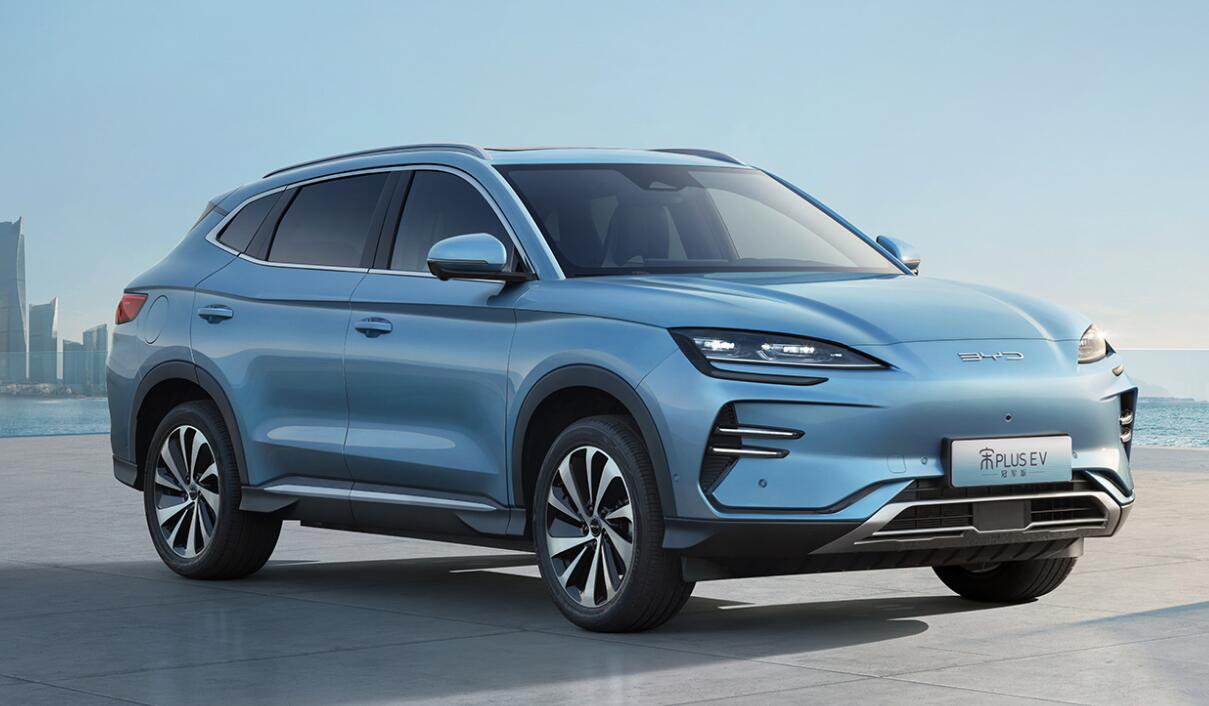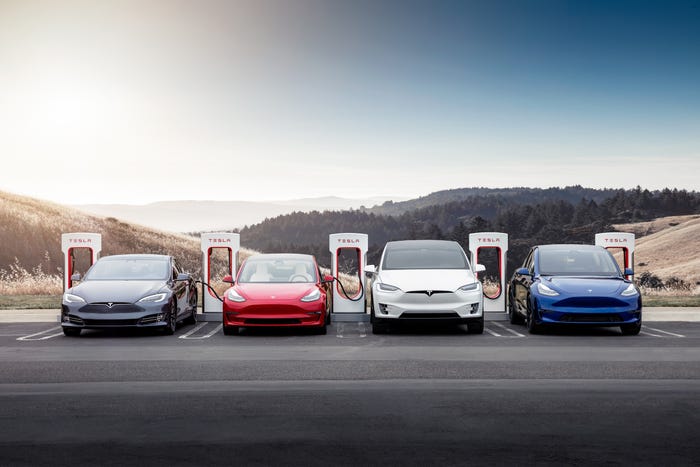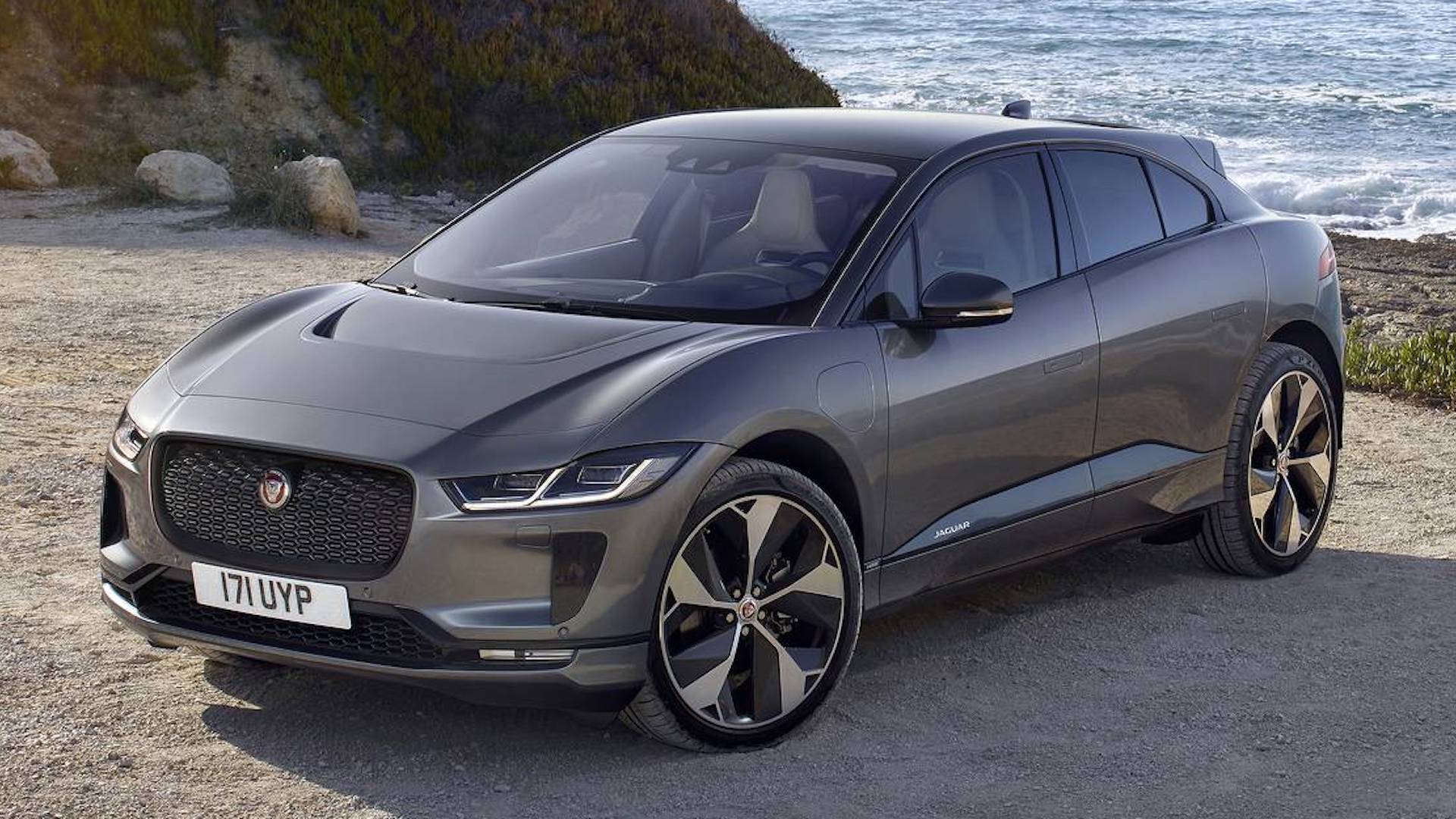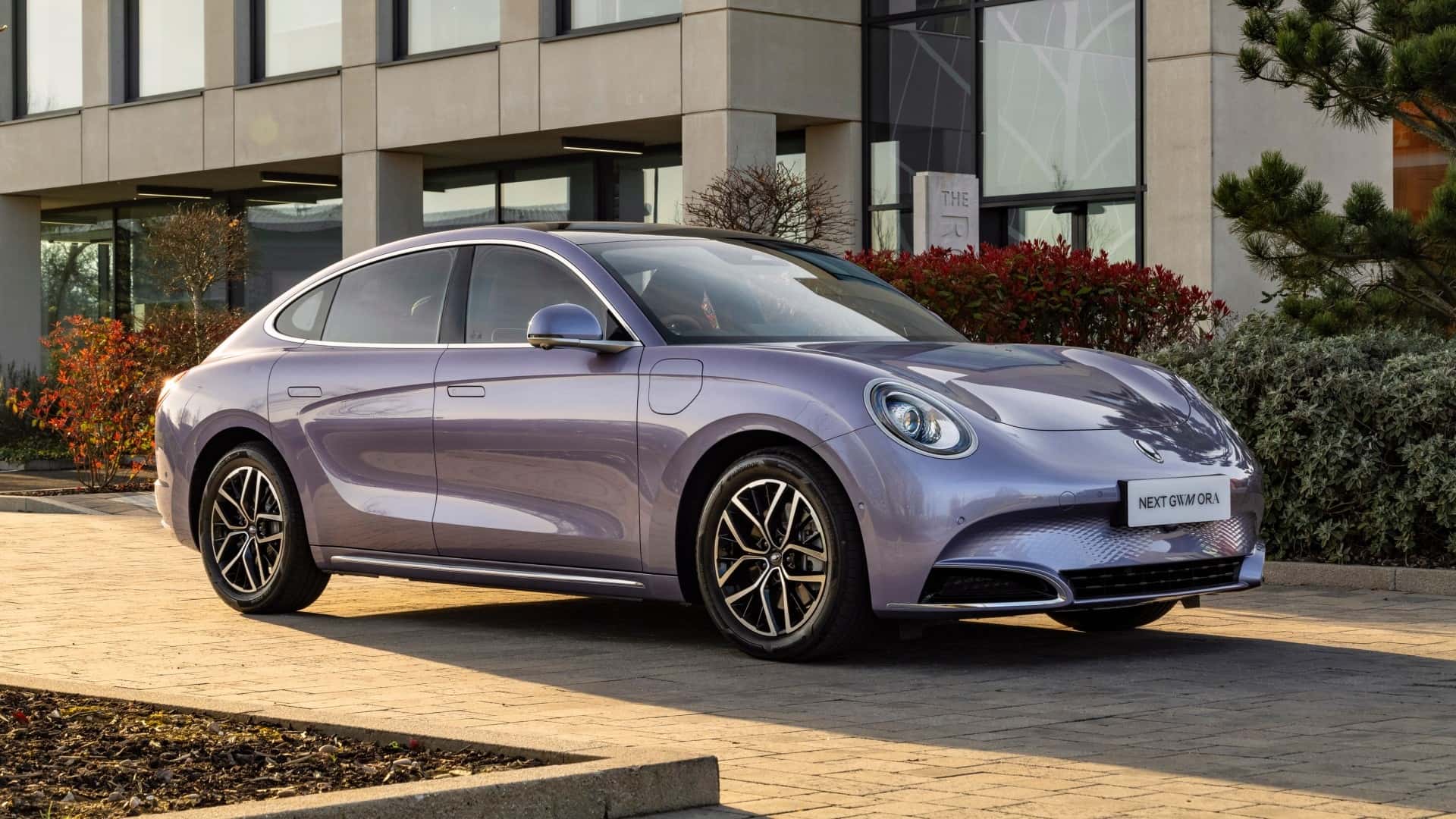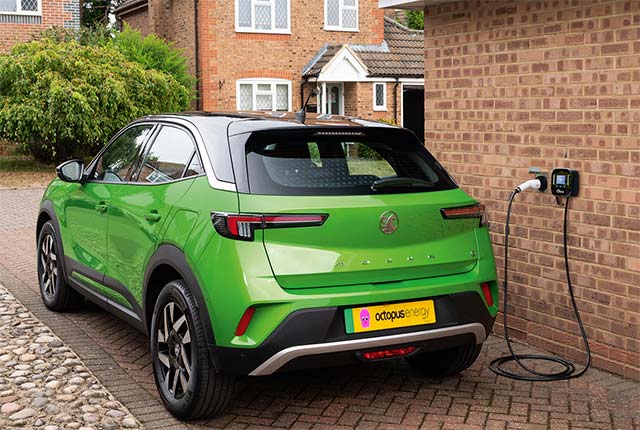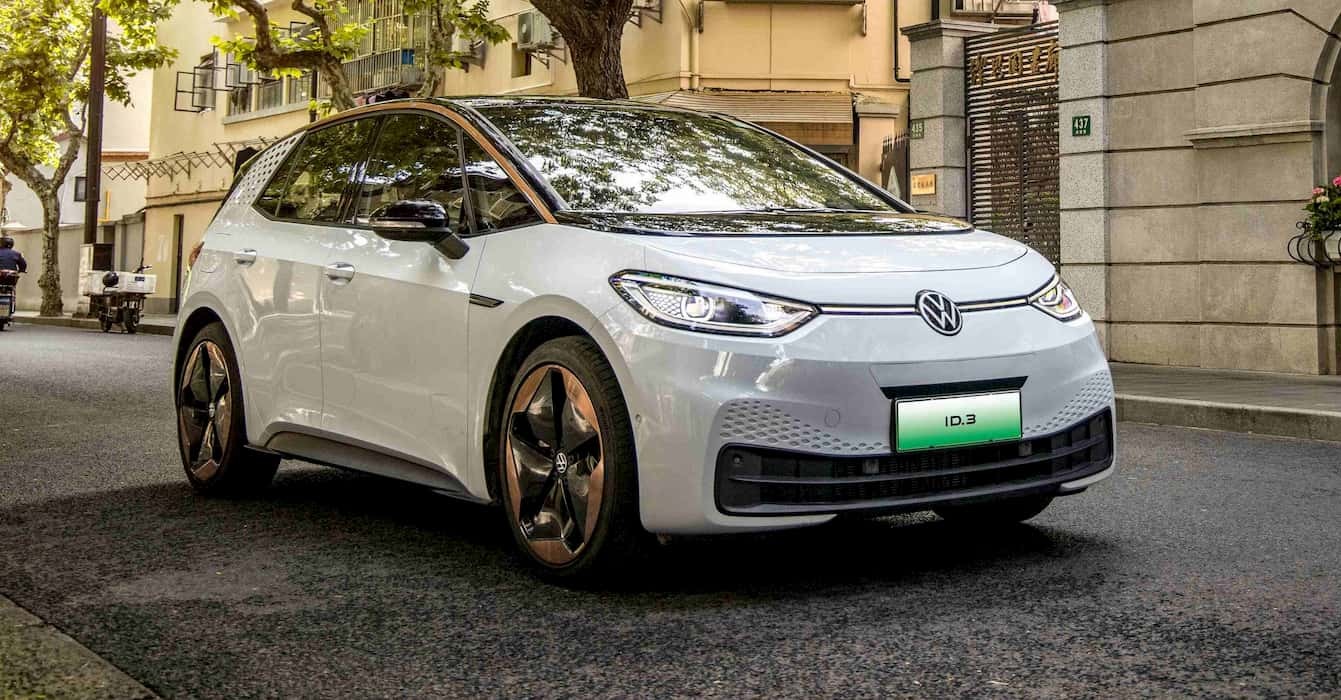China’s new energy vehicle (NEV) market witnessed a slight decline in sales during the month of July, largely attributed to the traditional lull in demand during this season. While the figures dipped marginally compared to the previous month, the sector’s year-on-year growth maintains a positive trajectory.
Retail sales data unveiled by the China Passenger Car Association (CPCA) sheds light on the current state of NEV sales in the country. During the month of July, retail sales of passenger NEVs amounted to approximately 641,000 units, marking a year-on-year increase of 31.9 percent. However, this figure experienced a modest contraction of 3.6 percent when juxtaposed with June’s sales figures.
It is worth noting that the latest data diverges slightly from the preliminary estimate of 647,000 units initially reported earlier in the month. Nevertheless, the actual sales numbers exceeded the projection of 620,000 units put forth at the close of the previous month.
Breaking down the data further, battery electric vehicles (BEVs) maintained their dominance in the market, accounting for 421,000 retail sales in July. This translates to approximately 65.7 percent of the overall retail sales of NEVs. Although this indicates a year-on-year uptick of 16.4 percent, it also represents a decrease of 6.0 percent when compared to June’s performance.
A notable highlight comes in the form of plug-in hybrid (PHEV) vehicles, which achieved a record-breaking 220,000 units in retail sales for the month of July. This accomplishment equates to 34.3 percent of all retail NEV sales, reflecting a substantial year-on-year surge of 77.0 percent. Furthermore, PHEV sales saw a minor uptick of 1.3 percent when weighed against June’s performance.
While NEV sales exhibited a temporary dip, the broader passenger vehicle market also experienced a mild contraction. All passenger vehicles retailed at a total of 1.775 million units in July, reflecting a modest year-on-year decrease of 2.3 percent and a decline of 6.3 percent from June’s figures.
A noteworthy trend emerges as the penetration rate of NEVs within the retail market exhibited promising growth. July saw a retail penetration rate of 36.1 percent, representing a noteworthy increase of 9.3 percentage points from the previous year’s rate of 26.8 percent. Moreover, this figure witnessed a marginal improvement from June’s rate of 35.1 percent.
When scrutinizing NEV brands, it’s evident that local brands led the charge, boasting a substantial retail penetration rate of 59.7 percent. This starkly contrasted with luxury brands, which accounted for a penetration rate of 20.3 percent, and mainstream joint venture brands, which achieved a more modest 5.1 percent penetration rate.
Zooming out to analyze the broader performance in the first seven months of the year, retail sales of passenger NEVs in China reached an impressive 3.725 million units, reflecting a robust year-on-year growth of 36.3 percent.
Meanwhile, wholesale sales data paints a similar picture. Wholesale sales of China’s passenger NEVs totaled 737,000 units in July, showcasing a year-on-year surge of 30.7 percent. However, these figures saw a slight decline of 3.1 percent when compared to June’s numbers.
In tandem with the retail sector, the penetration rate of NEVs in wholesale trade also displayed encouraging growth. July’s wholesale penetration rate reached 35.7 percent, marking an uplift of 9.3 percentage points from the prior year’s rate of 26.4 percent. This figure marginally exceeded the penetration rate of 34.0 percent observed in June.
Analyzing NEV performance across brands within the wholesale arena, local Chinese brands demonstrated a robust penetration rate of 52 percent. Meanwhile, luxury brands achieved a penetration rate of 28.9 percent, while mainstream joint venture brands trailed behind at 5.8 percent.
Lastly, exports painted a positive picture for China’s NEV industry. During July, China exported a total of 88,000 units of passenger NEVs, with BEVs constituting a significant 92 percent of this figure. This reflected a substantial year-on-year growth of 80 percent and a month-on-month increase of 26 percent. Impressively, these exports accounted for 27 percent of all passenger vehicle exports, underscoring the industry’s global appeal and competitive edge.

